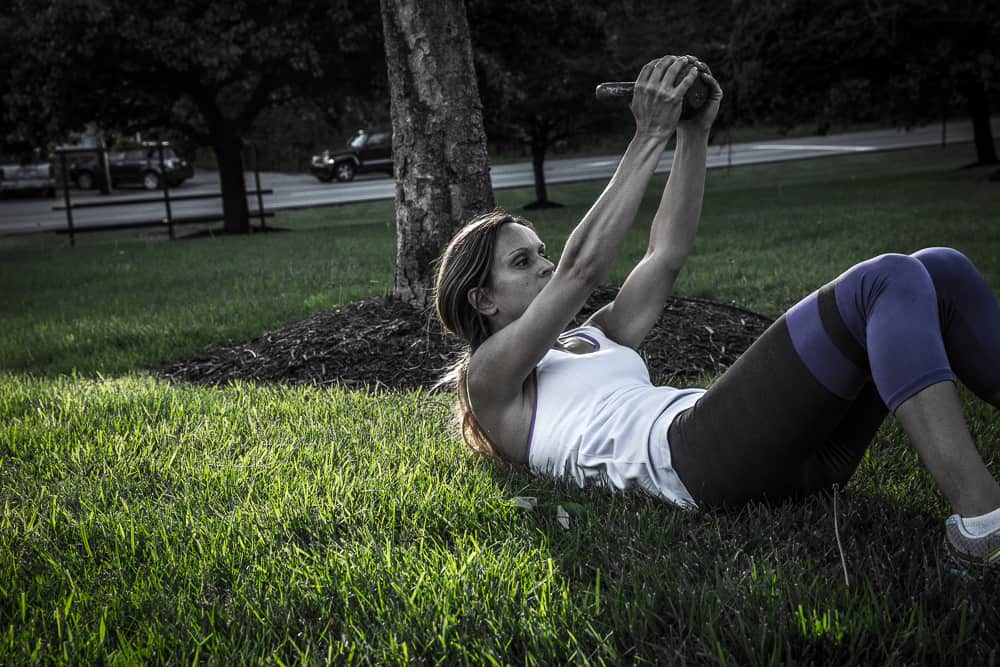It can be frustrating if a trainer points out that during your rep session that you’re breaking your form. After all, you may not feel anything different than before and nothing hurts, so you may think what’s the problem? You’re getting your gains and feel great. But while you may not hurt today, but you could be setting yourself up for future issues with incorrect training. And since we’re not shy, we point out potential problems to new and seasoned lifters alike all the time. And that usually starts with a chat about the basics of biomechanics.
Biomechanics 101
Biomechanics studies of mechanical laws of movement. Certified trainers learn the physical make-up of a muscle (intrinsic biomechanics) and how it works (extrinsic biomechanics). My favorite part was learning the best way to give someone a Charlie horse, but that’s a story for another day.
Exercise biomechanics focuses on how muscles pull on bones to control the movement of joints. So, when you do a squat, your quads, hamstrings, glutes, abs, and calves all get in on the action. They all work in coordination to control movement to complete the squat. It’s just like the old song. “The hip bone’s connected to the thigh bone. The thigh bone’s connected to knee bone.” (Sorry, not sorry, I couldn’t help myself.)
It’s all Connected
Perfect alignment and good form create smooth movements that safely builds muscle. Slight misalignments can cause stress in other areas that end up in pain. Let’s say mid-squat you notice someone coming through the gym doors and glance over to see who it is. That causes a little shift in your pelvis that puts extra stress on your knee. Be nosy like that too many times and you’ve got yourself an injury. So, mind your business, sir, and focus during those reps!
Even if you don’t experience strains, twinges, or drop-to-the-ground-screaming stabs of pain, little problems add up over time. Repeated use injuries are especially common in knees and foot joints. The effects of years of bad habits can cause just as much pain as a catastrophic injury.
Functional Training
Trainers guide clients how to use the key principles of balance, force, coordination, and range of motion. Taking into consideration the abilities and body composition of each client, we build programs that get maximum results. Then, we continue to analyze movements to help you avoid any nasty repercussions from bad form. There are always workarounds or substitutions for any physical limitations or mental obstacles. Proper form is ALWAYS more important than any one particular exercise.
Whenever a coach or trainer works with an athlete their technique, they’re trying to improve movement mechanics. Improving the coordination various muscle groups helps establish good technique habits. These good habits produce effective performance and decrease the risk of injury.
Sometimes we offer members unsolicited advice if we see something that looks like a potential safety issue. But if you have specifics questions or just want our experts to check your form, just ask! Stop by the front desk during staffed hours or come to one of our group programs.

